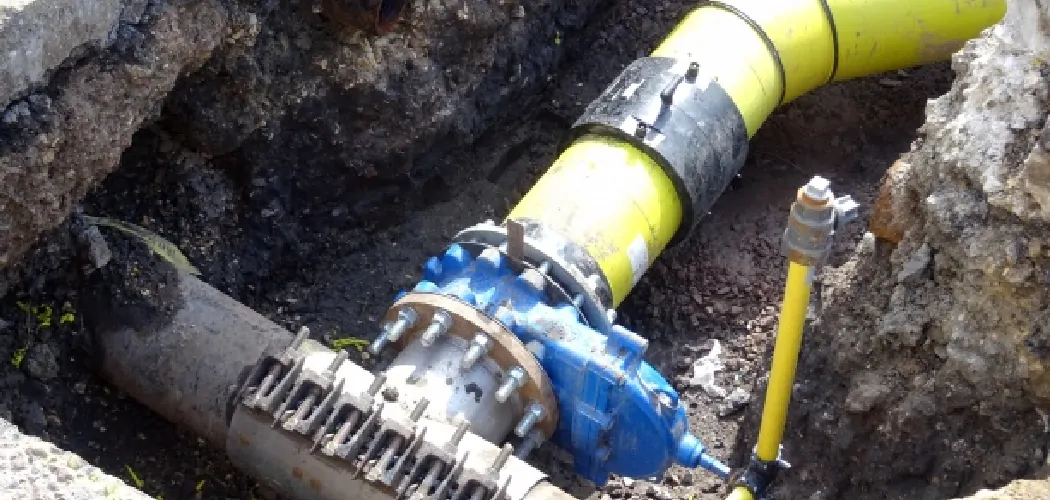Beneath the earth’s surface, a network of vital water pipes delivers the life-giving resource to our homes and communities. If you’re planning any digging or construction work on your property, the last thing you want to encounter is a hidden water pipe. Unintentional damage to these pipes can lead to costly repairs and disruptions to your water supply.
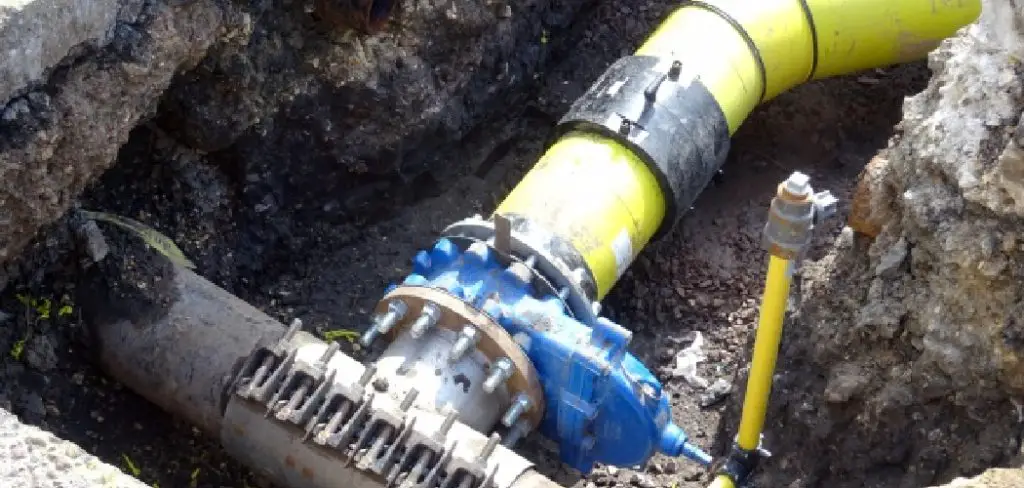
That’s why understanding how to find water pipes underground is essential for homeowners, contractors, and anyone involved in excavation projects. In this comprehensive guide, we will explore how to find water pipe underground.
From traditional methods like pipe drawings and service records to modern technologies such as ground-penetrating radar and electromagnetic locators, we’ll provide you with the knowledge and skills to navigate the hidden world of underground water pipes safely and confidently.
The Importance of Locating Underground Water Pipes
Many people are unaware of the importance of locating underground water pipes. However, this task is essential for various reasons, including safety concerns and cost savings.
Safety Concerns:
One of the primary reasons for locating underground water pipes is to ensure safety. When digging near a property, it is crucial to know where the pipes are located to avoid damaging them. Damaged water pipes can lead to serious accidents, resulting in injury or even death. Furthermore, ruptured water pipes can cause flooding and other hazards that may put individuals at risk.
Cost Savings:
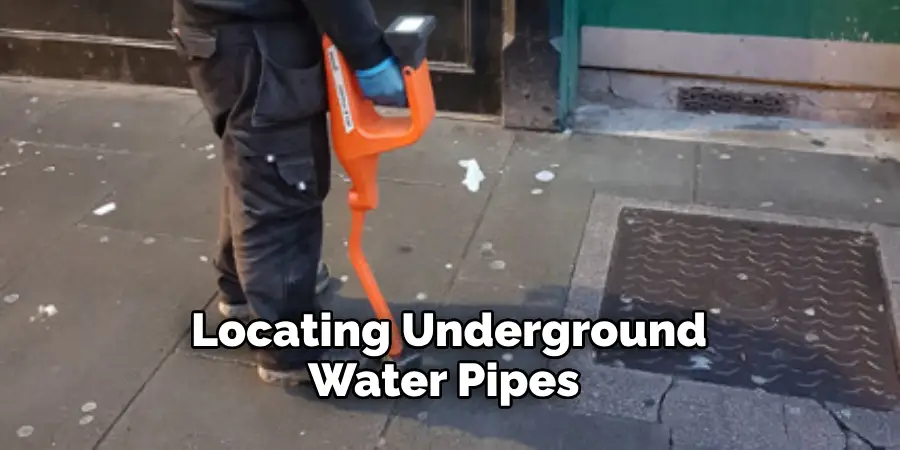
Locating underground water pipes can also result in significant cost savings. Without prior knowledge of their location, there is always a chance that a person may accidentally hit and damage a pipe while digging. This can lead to expensive repairs and replacements, as well as potential fines or legal consequences. By knowing where the pipes are located, individuals can avoid such costly mistakes.
Environmental Concerns:
In addition to safety concerns and cost savings, locating underground water pipes is also crucial for environmental reasons. Damage to water pipes can lead to contamination of the ground and surrounding areas, which can have a detrimental impact on the environment. By accurately locating these pipes, individuals can prevent any potential harm to the environment.
10 Methods How to Find Water Pipe Underground
1. Ground Penetrating Radar (GPR)
Ground penetrating radar (GPR) is a powerful tool for locating underground utilities such as water pipes. GPR uses electromagnetic waves to scan the ground and create a 3D image of what lies beneath the surface. This method is often used to locate water pipes that are buried too deep to be visible from the surface. It can also be used to detect leaks or breaks in existing water pipes.
2. Electromagnetic Locators
Electromagnetic locators are devices that use an electromagnetic field to detect objects below the ground, including water pipes. These devices are relatively inexpensive and easy to use, making them a popular choice for those looking for underground utilities such as water pipes. They work by sending out an electromagnetic signal which is reflected back when it encounters a metallic object such as a pipe or cable.
3. Acoustic Pipe Locators
Acoustic pipe locators are devices that use sound waves to detect objects below the ground, including water pipes. These devices are most effective on plastic or PVC pipes, as they can easily pick up the sound of running water inside the pipe. Acoustic locators can also be used to detect leaks in existing water pipes, as they will pick up on any unusual sounds coming from within the pipe.
4. Vacuum Excavation
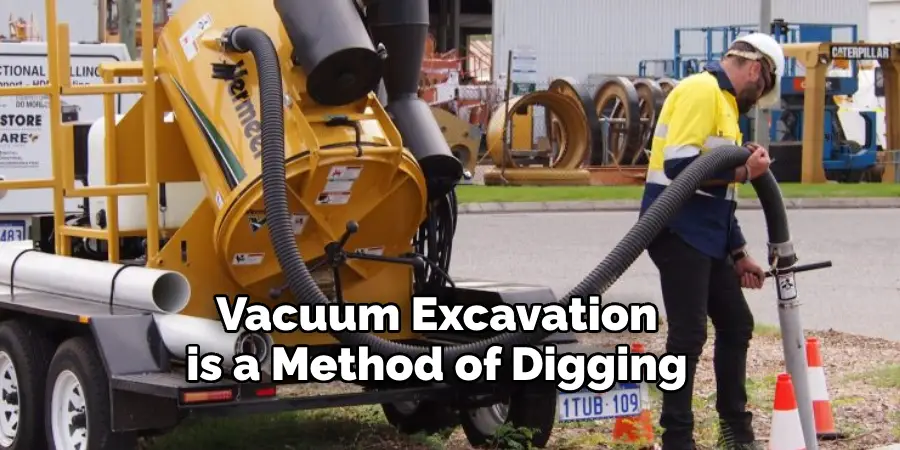
Vacuum excavation is a method of digging around underground utilities without damaging them in any way. This method involves using high-pressure air or water jets to loosen soil and then vacuum up the debris, leaving behind only small holes where access is needed for repairs or inspections of buried utilities like water pipes. This method is often preferred over traditional excavation methods due to its accuracy and minimal disruption of surrounding soil and vegetation.
5. Infrared Cameras
Infrared cameras can be used to detect hot spots in walls or other surfaces that may indicate the presence of an underground utility, such as a water pipe. The camera detects heat generated by running water inside the pipe and displays it on a monitor so that it can be located and repaired if necessary without having to excavate large areas of land around it first. This method is especially useful for locating hidden water pipes in difficult-to-access areas, such as under floors or behind walls where traditional methods would not be able to reach them easily.
6. Metal Detectors
Metal detectors are another tool that can be used for finding underground utilities such as water pipes, although they are not always reliable due to interference from other metal objects in close proximity, such as nails or rebar in concrete slabs or foundations.
Metal detectors work by detecting changes in magnetic fields caused by metal objects below the surface, but they cannot differentiate between different types of metals, so they may not always give accurate results when searching for specific types of materials like copper piping, which has similar properties to other metals commonly found underground.
7. Sonic Tomography
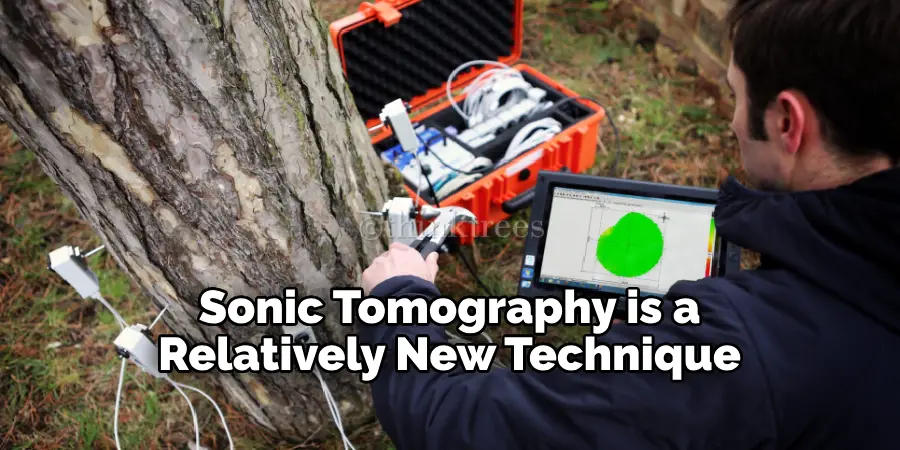
Sonic tomography is a relatively new technique for finding underground utilities such as water pipes, which works by sending sound waves through soil layers until they encounter an obstacle like a pipe or cable and then measuring how long it takes for them to return again.
The data collected from this process can then be used to construct an image showing where exactly these obstacles lie beneath the surface, allowing plumbers and engineers alike greater precision when carrying out repairs on existing pipelines.
8 . Radio Interference Detection
Radio interference detection (RID) is another useful tool for locating underground utilities like water pipes, which works by detecting changes in radio signals caused by interference from metallic objects such as cables and piping underneath the ground.
By monitoring these changes, RID systems can accurately pinpoint their exact location with minimal disruption, making them ideal for both residential plumbing jobs and larger-scale infrastructure projects where precision matters most.
9. Microphonics
Microphonics involves attaching tiny microphones onto existing pipelines before pumping air through them at varying pressures, listening carefully for any noises made along their length that could indicate obstructions or damage within them. This technique works best with plastic piping rather than metal ones since plastic tends not to produce much noise when disturbed, whereas metal will make more noticeable sounds when something passes through it – making microphonics particularly useful for finding hidden leaks within otherwise inaccessible areas of pipework.
10. Thermal Imaging
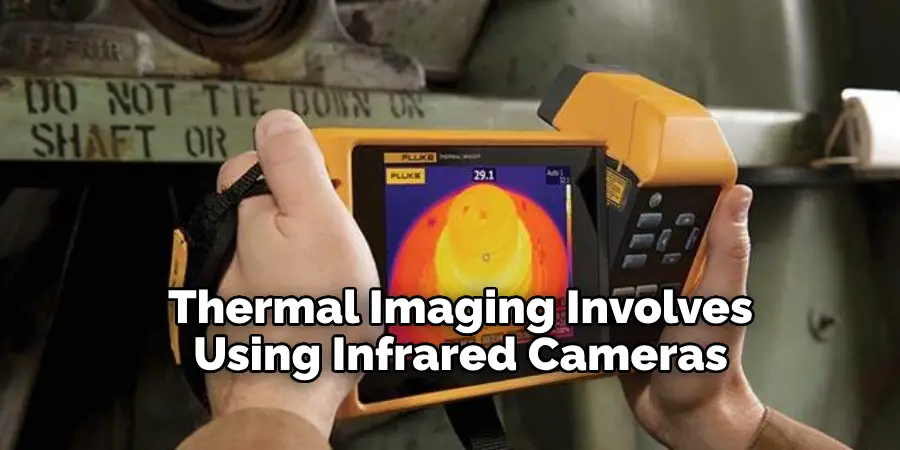
Thermal imaging involves using infrared cameras attached to drones that fly over areas suspected of containing hidden pipelines, detecting thermal differences between different sections of land, which could indicate their presence beneath it without having to excavate large amounts of soil first.
Thermal imaging has become increasingly popular amongst plumbers due to its accuracy, cost-effectiveness speed – allowing repair jobs involving buried pipelines to get underway quicker than ever before!
Things to Consider When Using Underground Locating Techniques
- Always obtain permission from the appropriate authorities before using any underground locating techniques, as it may be illegal or unsafe to do so without proper authorization.
- Make sure you are trained and experienced in using the specific technique you have chosen, as different methods require different levels of skill and knowledge.
- Be aware of potential hazards when excavating near utility lines, such as gas pipes, electrical wiring, or sewer lines. If necessary, utilize additional safety measures such as shoring or traffic control to protect yourself and others on the job site.
- Keep track of all underground utilities that have been located to avoid damaging them during future projects or repairs.
- Regularly maintain and calibrate your equipment to ensure its accuracy and effectiveness.
- When in doubt, always consult with a professional plumber or utility locator before attempting to locate underground pipes yourself. Remember, safety should always be the top priority when working with potentially hazardous materials and situations.
Common Mistakes to Avoid When Locating Water Pipes
Water pipes are essential in providing clean drinking water, but they can also cause major headaches when it comes to locating them underground. Whether you are planning a construction project or need to repair a leak, knowing the location of water pipes is crucial to avoid any mishaps. However, there are some common mistakes that people make when trying to find water pipes underground. In this document, we will discuss these mistakes and how you can avoid them.
Not Using Proper Equipment

One of the most common mistakes people make when trying to locate water pipes underground is not using the right equipment. Many people rely on simple handheld metal detectors or use DIY methods such as dowsing rods. While these methods may have worked in the past, they are not reliable when it comes to finding underground water pipes.
Not Consulting Utility Companies
Before digging or excavating on your property, it is important to check with utility companies to see if there are any underground pipes or cables that may be affected. Many people make the mistake of assuming they know the layout of their property and end up damaging water pipes unknowingly.
Not Considering Depth
Another common mistake is assuming that all water pipes are buried at the same depth. In reality, water pipes can be buried at different depths depending on their purpose and location. Some may be just a few inches underground while others may be several feet deep.
Not Taking Proper Precautions
When locating water pipes underground, it is crucial to take proper safety precautions. Many people make the mistake of not wearing protective gear or not marking the area where they will be digging. This can lead to accidents and injuries, especially if there are other underground utilities in close proximity.
Conclusion
To truly understand how to find water pipe underground, it’s best to speak with an experienced professional who is knowledgeable in this field. Whether you’re planning a backyard development or a full-scale construction project, these professionals can help you get the job done safely and efficiently. Take the time to research your options so that you can select a contractor who is qualified and has the necessary skills for your needs.
Remember, when it comes to finding underground water pipes, knowledge is power! Armed with the right information and suitable tools, you’ll be able to locate every water pipe quickly and easily, ensuring that your job is successful from start to finish. So take action now and get started on locating those hidden pipes – success awaits!

